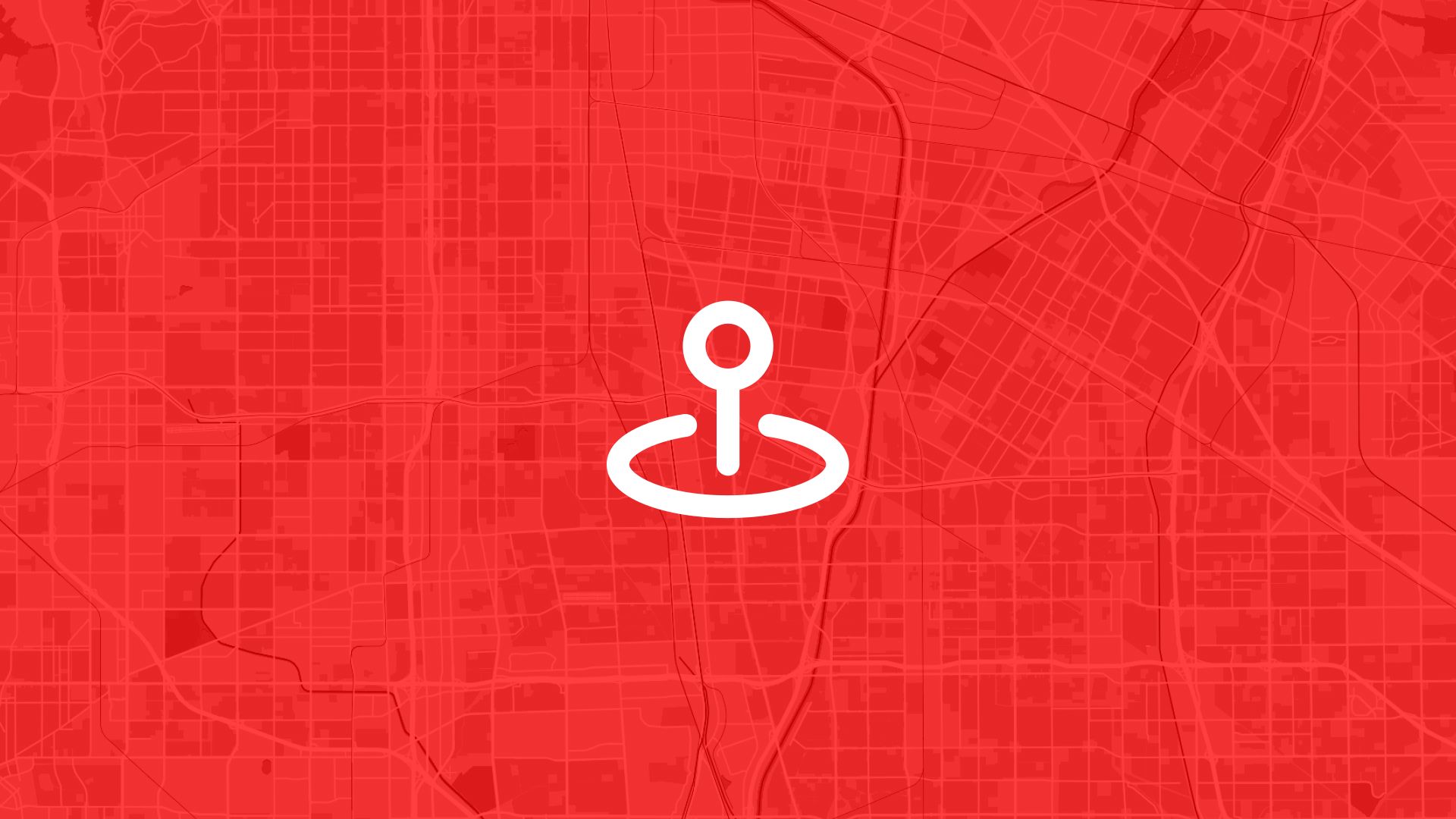Geographic Information Systems (GIS) are powerful tools that municipalities can use to enhance decision-making, improve services, and increase operational efficiencies. However, starting a GIS program can seem overwhelming if you are new to this technology.
In this guide, we'll walk you through the essential steps to establish a municipal GIS program effectively.
Understanding the Basics of GIS
Before diving into the setup process, it's important to understand what GIS entails. GIS software allows for the mapping and analysis of spatial data, which can be instrumental in urban planning, public works, emergency response, and more. Examples of GIS applications include analyzing traffic patterns, managing property records, planning infrastructure, and even monitoring environmental changes.
Establish Clear Objectives
Identify Needs and Goals:
Begin by assessing the specific needs of your municipality. Are you looking to improve urban planning, enhance public safety, or better manage your infrastructure? Understand how GIS can help achieve these goals. Defining clear objectives will guide every subsequent step.
Stakeholder Engagement:
Engage with various departments and potential users to understand their requirements and expectations from a GIS program. The departments could include urban planning, public works, emergency services, and parks and recreation.
Building the Foundation
Obtain Executive Support:
Securing buy-in from top-level management is crucial. Present the benefits of GIS, such as cost savings, improved service delivery, and data-driven decision-making, to gain their support.
Form a GIS Committee:
Create a GIS committee comprised of representatives from different departments who will use the system. This team will help streamline the decision-making and implementation processes.
Draft a GIS Strategic Plan:
Develop a strategic plan that outlines the goals, required resources, timelines, and anticipated challenges of the GIS program. This plan should also detail how the GIS will grow and integrate into your municipal operations over time.
Resource Allocation
Budgeting:
Identify the budget necessary for software, hardware, data acquisition, and training. Factor in both initial setup costs and ongoing operational costs.
Software and Tools:
Choose the right GIS software based on your needs and budget. Options range from powerful platforms like ArcGIS Online and QGIS to user-friendly, cloud-based tools like Atlas, which do not require installation and offer a collaborative experience .
Hardware Requirements:
Ensure that you have adequate computing power, reliable servers, and sufficient data storage solutions to support your GIS operations.
Data Gathering and Management
Data Needs Assessment:
Determine the types of data your GIS will need, such as demographic data, land records, utility maps, and environmental data. Consider both vector data (e.g., roads, parcels) and raster data (e.g., satellite imagery, elevation models) based on their specific advantages and applications.
Data Acquisition:
Acquire the necessary data from reputable sources. Public domain data can be sourced from government agencies, while more specialized datasets may need to be purchased or developed.
Data Management:
Set up robust data management practices to ensure that data is regularly updated, accurate, and accessible to all relevant stakeholders.
Building and Implementation
Technical Setup:
Install and configure the chosen GIS software. Depending on the selected platform, this might involve setting up desktop applications or configuring a cloud-based solution like Atlas which facilitates real-time collaboration and data visualization .
Pilot Projects:
Start with small-scale projects to test the system, such as updating zoning maps or analyzing traffic patterns. This can help you troubleshoot potential issues and demonstrate the value of GIS to stakeholders.
Training and Capacity Building:
Invest in training programs to build the GIS skills of your staff. This can range from formal training sessions to workshops and online courses, ensuring your team can fully leverage GIS technologies .
Evaluation and Expansion
Monitor and Evaluate:
Continuously monitor the performance of your GIS program against the goals set in your strategic plan. Regularly evaluate user feedback and system performance to make necessary adjustments.
Future Enhancements:
Plan for the expansion and enhancement of GIS capabilities, incorporating new data sources and advanced analyses as needed. Engage with vendors and the user community to stay informed about the latest developments and technologies.
Community Engagement:
Consider opening certain GIS datasets to the public, allowing citizens to access information like tax parcel data or bikeway maps. This transparency can enhance public trust and engagement.
How Atlas Facilitates Municipal GIS Programs
Embarking on a municipal GIS program is indeed a multi-step journey, but choosing the right tools can simplify the process significantly. Atlas is designed to support municipalities in efficiently establishing and expanding their GIS programs. Here’s how Atlas can help you succeed:
Simplified Accessibility and Collaboration
- Browser-Based Platform: With Atlas, you can manage your GIS work directly from a web browser, eliminating the need for complex installations. This ease of access ensures that your team can start planning and building your GIS system without delays.
- Real-Time Collaboration: Atlas allows team members from different departments to work together in real-time. This feature is crucial for municipal teams that need to coordinate between various departments like urban planning, emergency services, and public works.
User-Friendly Design and Versatility
-
Intuitive Interface: Atlas is known for its user-friendly design, making it easy for users with varying levels of GIS expertise to create and manage maps. This feature is particularly beneficial for municipal staff who may not have extensive experience with GIS software.
-
Customizable Visualizations: You can tailor maps with colors, labels, and styles that are most relevant to your city's branding and informational needs. This customization is critical for effectively communicating data to the public and stakeholders.
Enhanced Data Management
-
Support for Various Data Formats: Atlas supports diverse data types and formats, making it easier to integrate existing data from different municipal systems into your new GIS platform. Whether your data comes from spreadsheets, raster images, or vector shapes, Atlas can handle it.
-
Data Integrity and Security: As a cloud-based application, Atlas ensures that your municipal data remains secure and easily accessible, facilitating continuous updates and easy dissemination to both internal stakeholders and the public .
Strategic Planning and Growth
-
Scalability: With Atlas, you can start small with pilot projects and scale your GIS capabilities over time. This approach helps demonstrate quick wins to stakeholders, aiding in securing further investments and buy-in from city officials.
-
Community Engagement Tools: Sharing GIS insights with residents fosters transparency and participation. Atlas’s interactive tools can help municipalities open up parts of their GIS data to the public effectively, thus enhancing community engagement.
With Atlas, municipalities can lay a solid foundation for their GIS programs while maintaining the flexibility needed for future enhancements. This toolkit not only supports initial setup and deployment but continues to empower cities to leverage geographic data for smarter, more efficient urban management.




